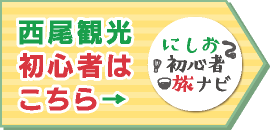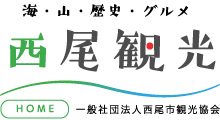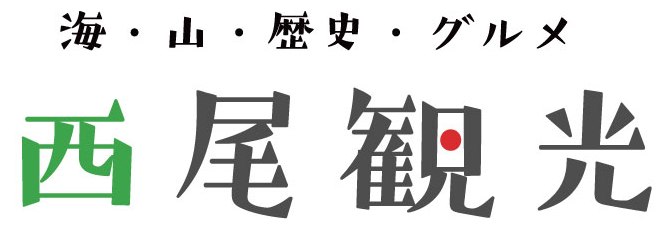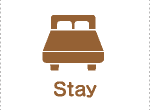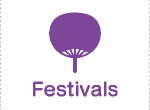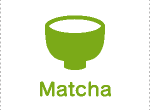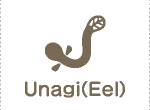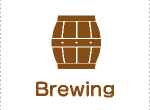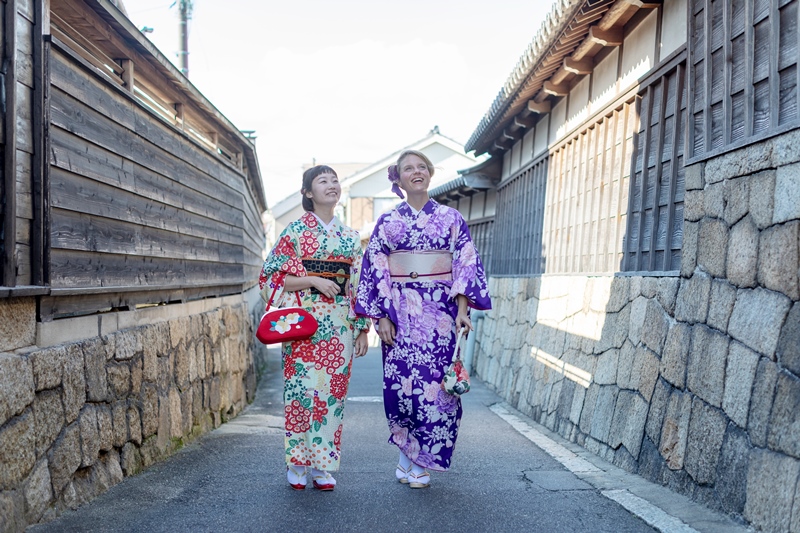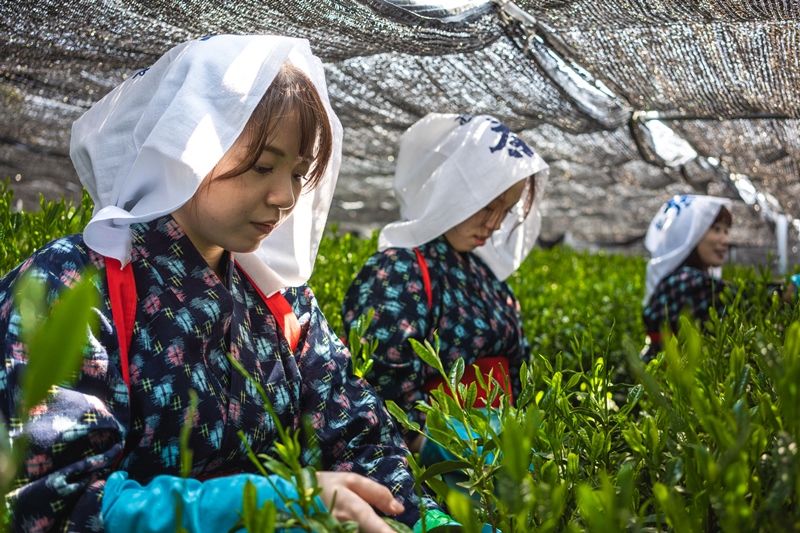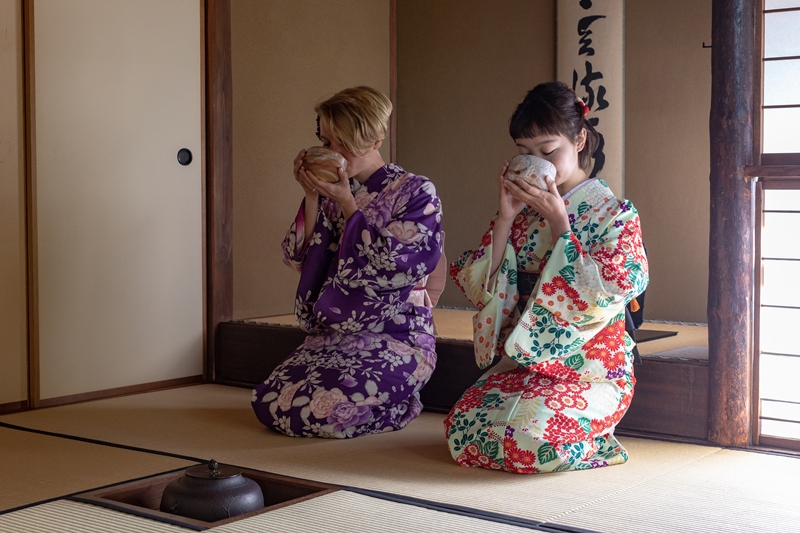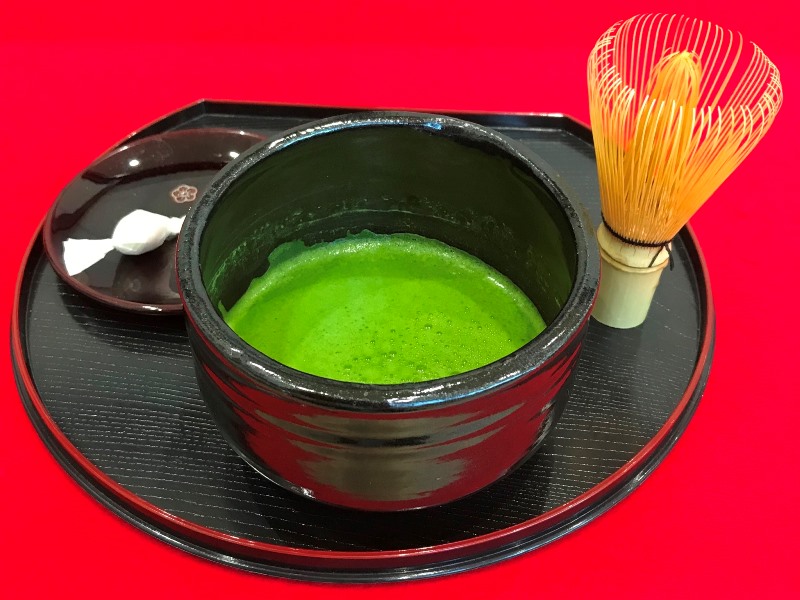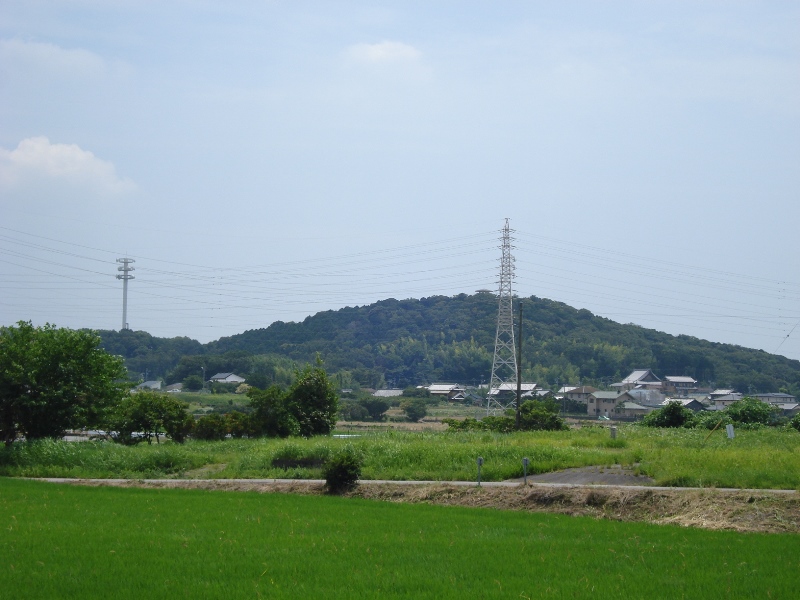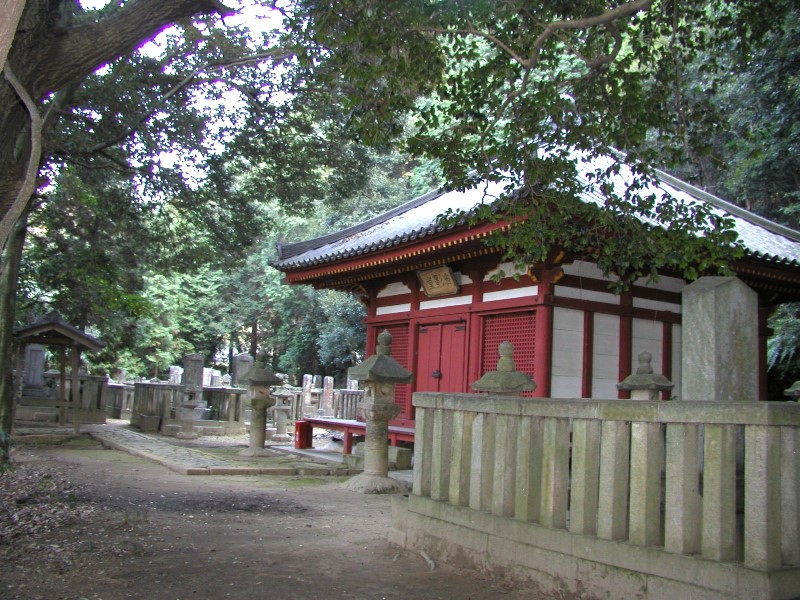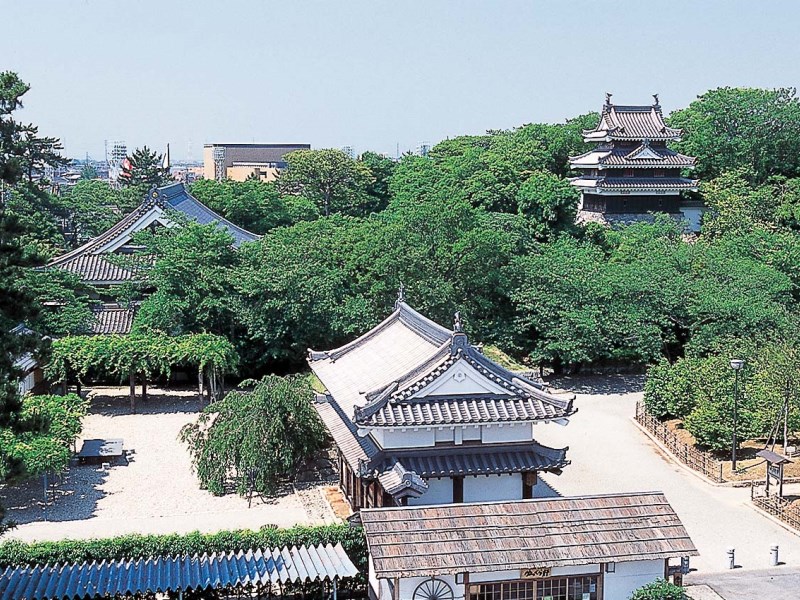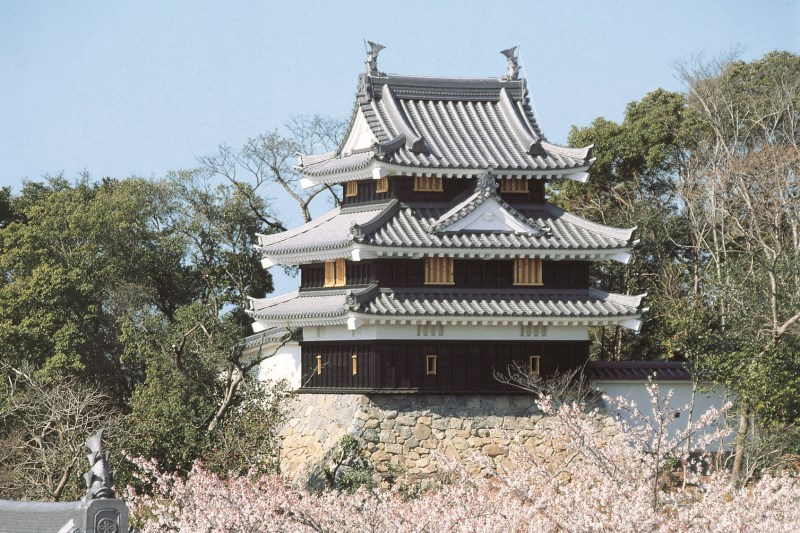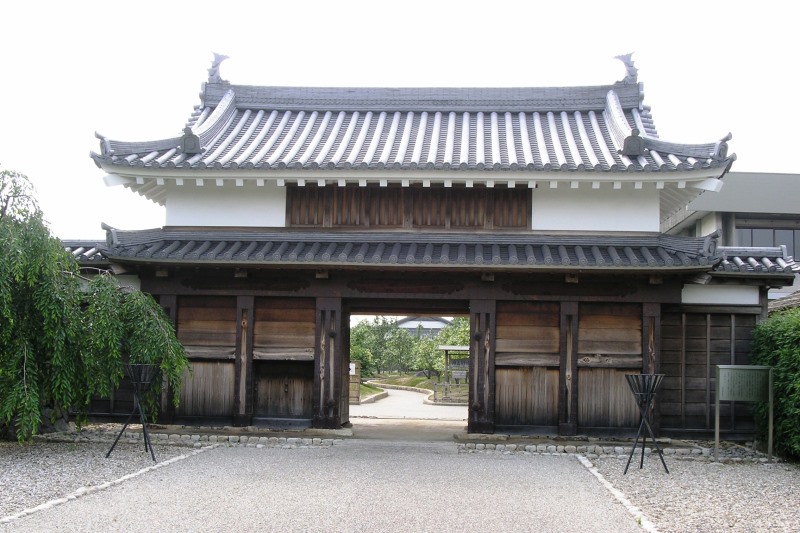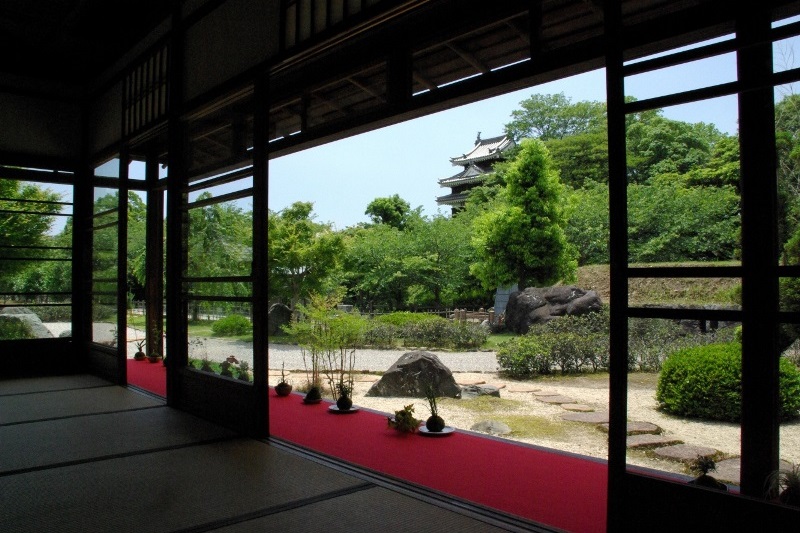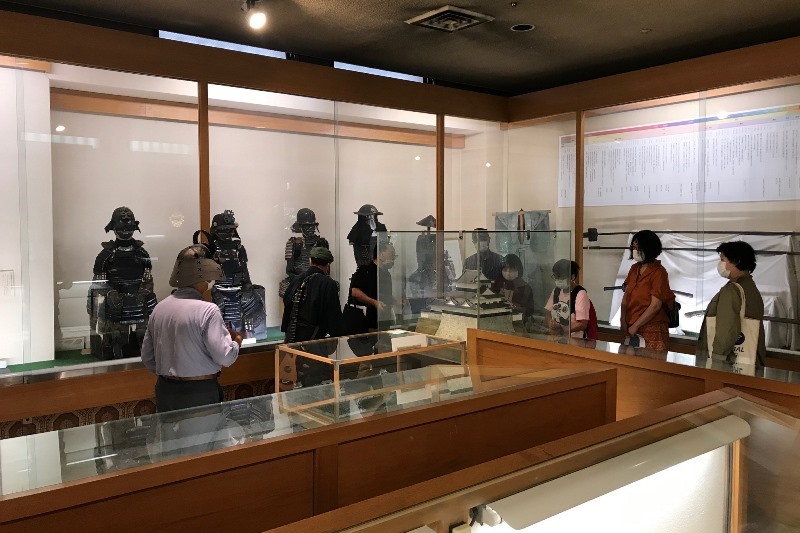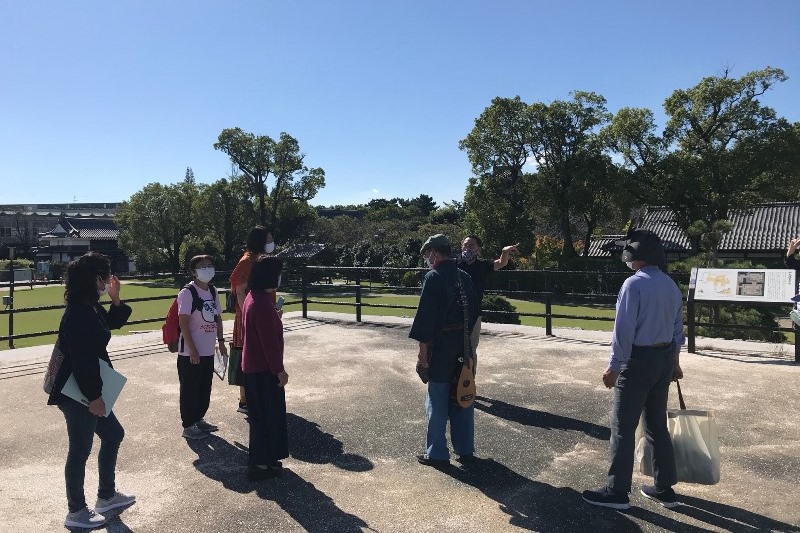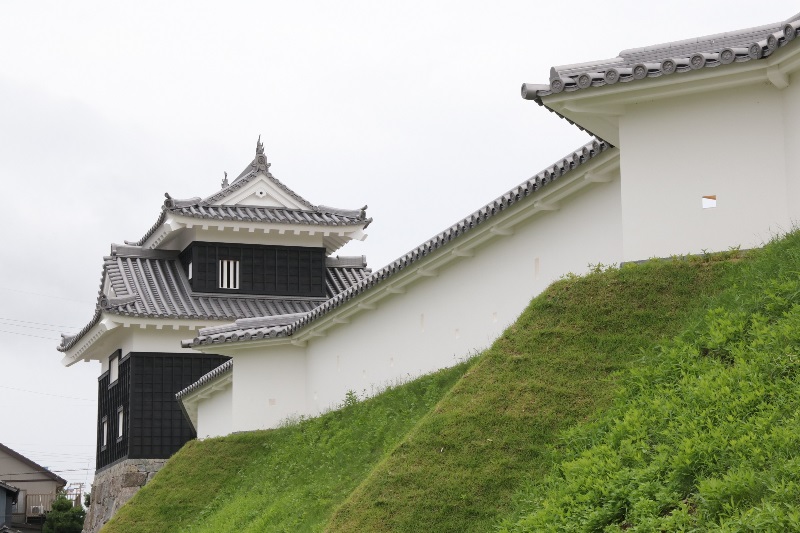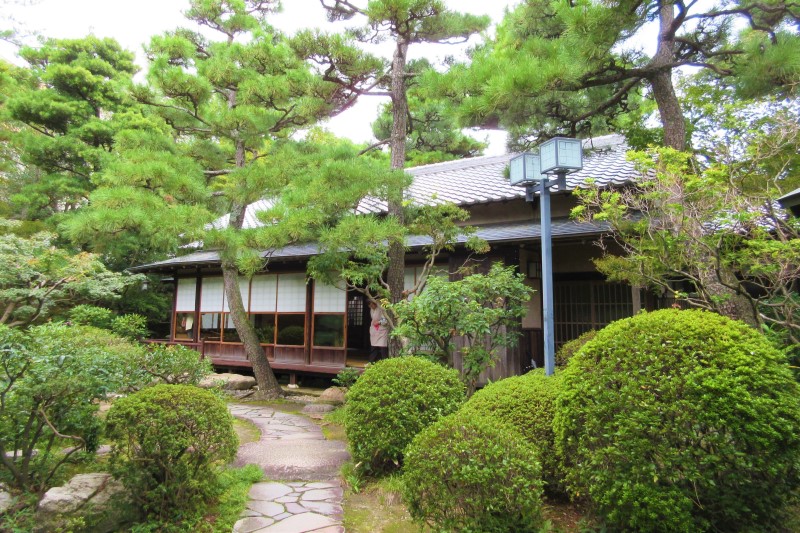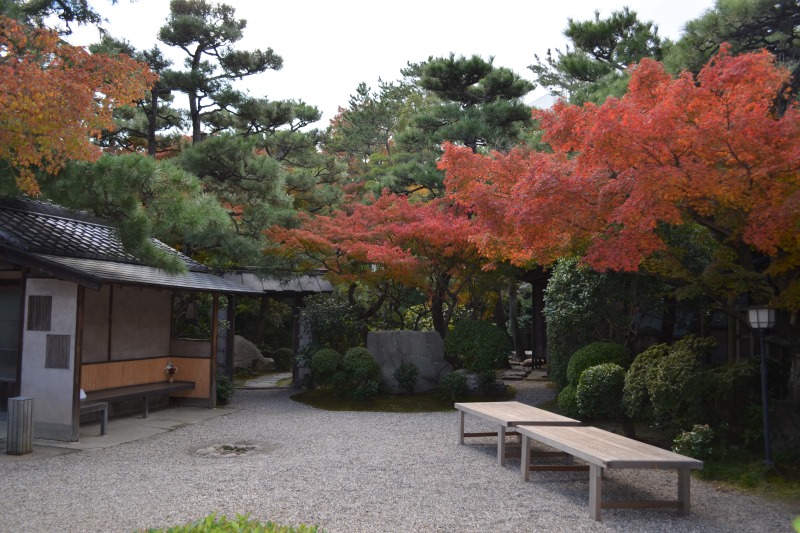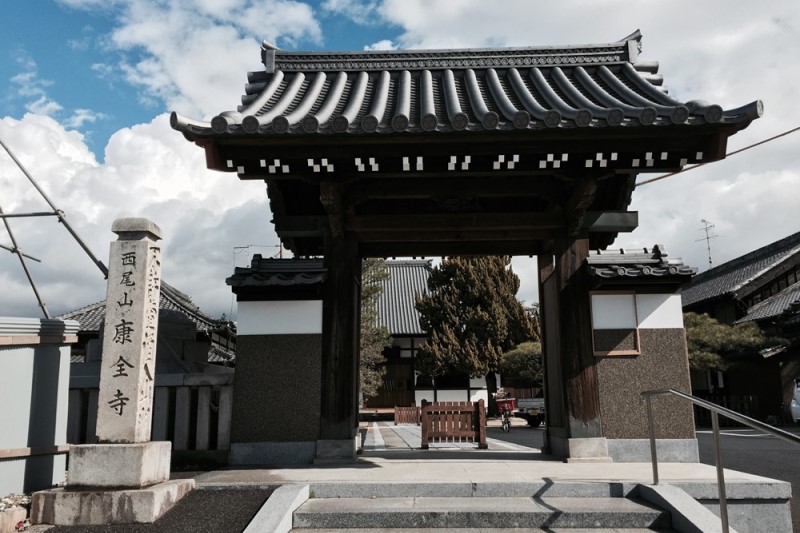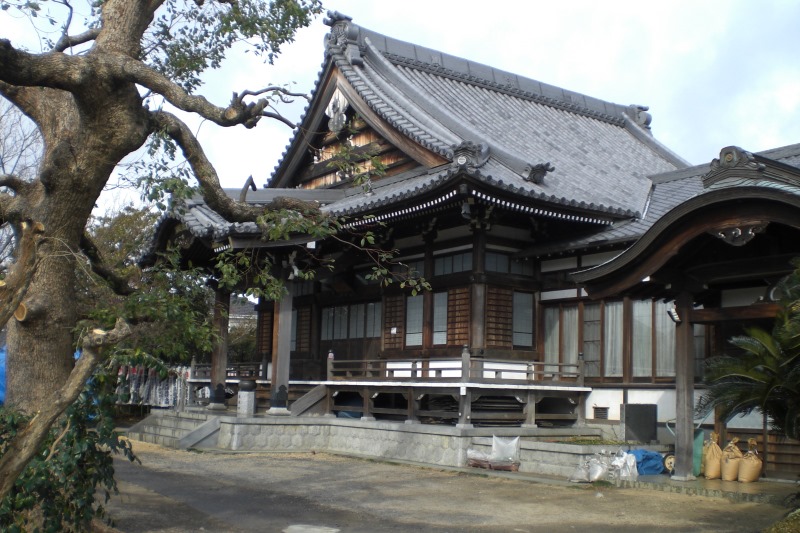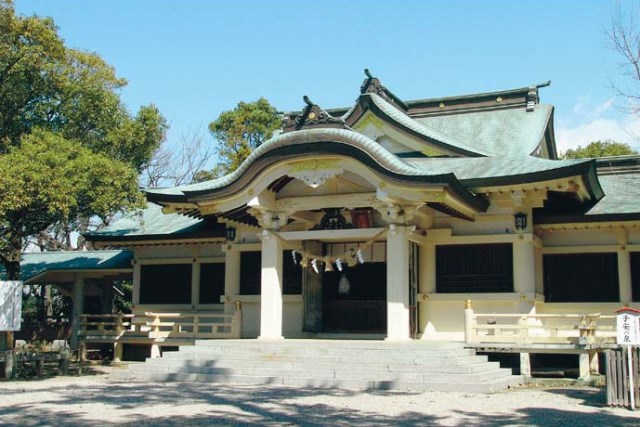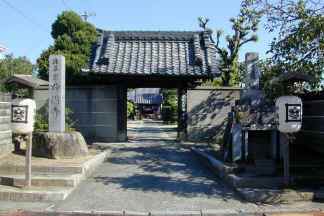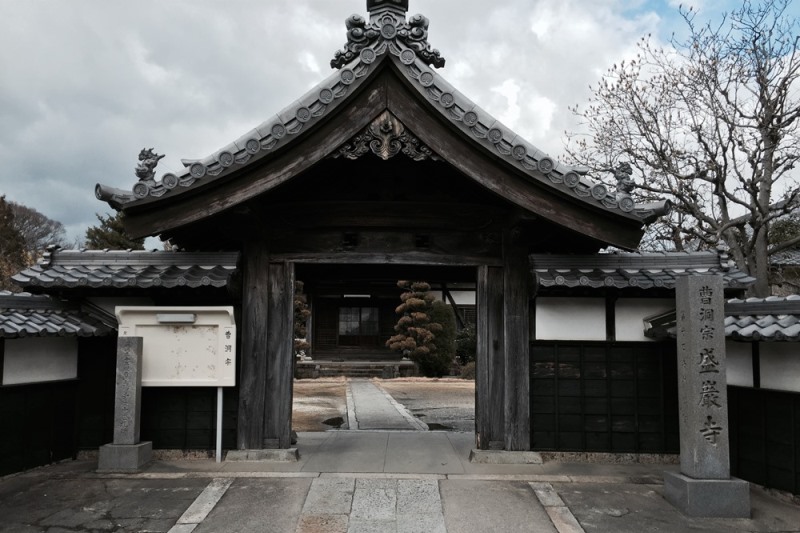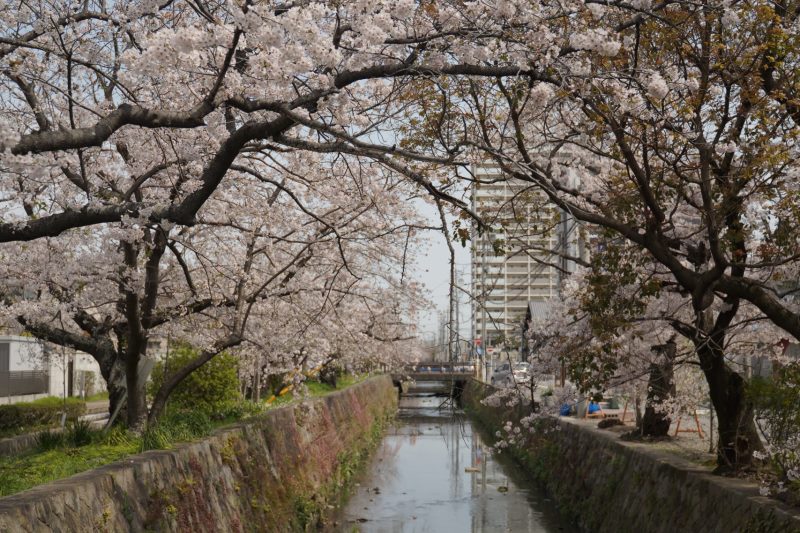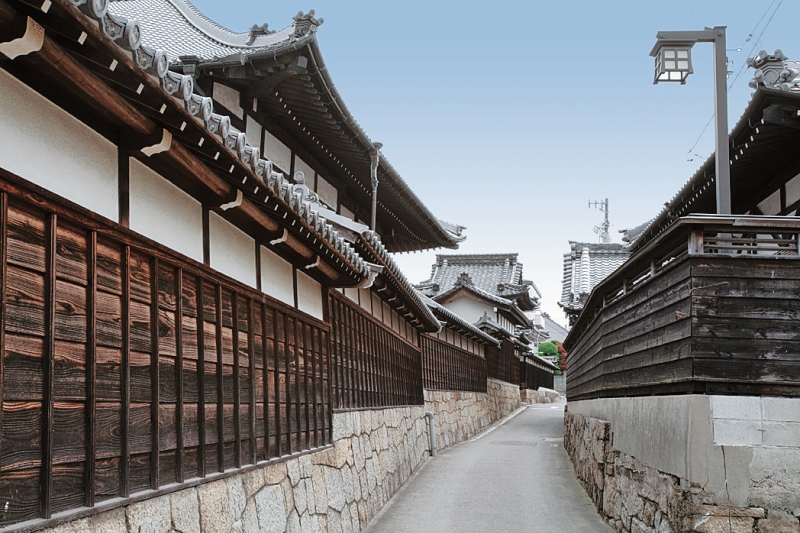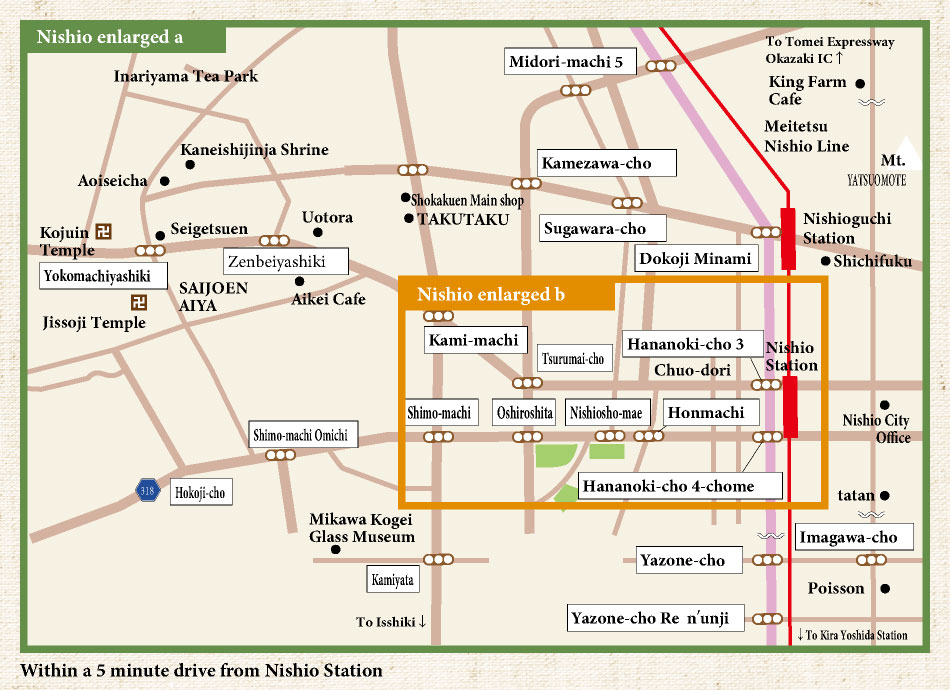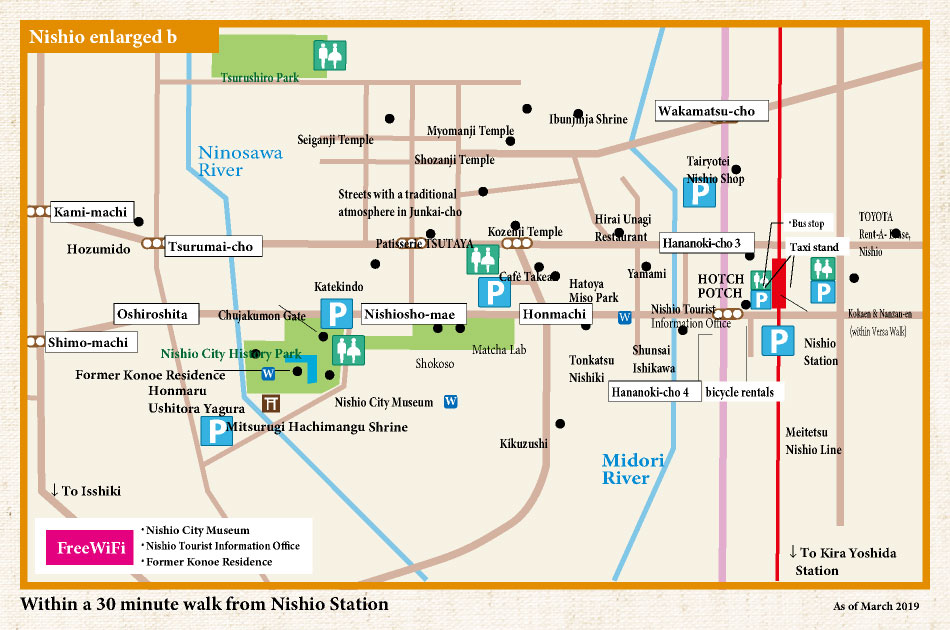Little Kyoto “Nishio”
Tokugawa leyasu (the founder of the last shogunate in Japan) appointed one of his retainers as the lord of Nishio Castle in 1561 to rule Nishio, which prospered as a castle town yielding 60,000 koku of rice.
Traditional arts and culture have always flourished and been passed down in Nishio even to this day at historic temples and sites, through traditional performing arts and festivals such as Daimyo Gyoretsu.
Why not take a walk along the streets imagining yourself as a princess or samurai?
Relationship with Kyoto culture
Nishio, which flourished as a castle town after the Warring States period, is the central city of the southern area of Nishimikawa. In Meiwa 1 (1764), Ogyu-Matsudaira entered the castle and developed it into a castle town of 60,000 koku of rice (traditional unit of volume, approx. 180.4 liters). In the city there is the Choenji Temple, which is famous for being the ancestral temple of the Itakura clan, such as Itakura Katsushige, Itakura Shigemune, and Itakura Shigenori who served as Kyoto Deputy. The collection of pieces related to Kyoto culture include works from the Kano School, paintings by Shokado Shojo, and writings by Kobori Enshu, Ishikawa Jyozan, and Hon’ami Kōetsu.
“Kagi Mantou” is held at Mt. Mantou in August, which is an Obon festival similar to Kyoto’s “Daimonjiyaki” bonfire. It has become a summer tradition.
Nishio matcha, a local specialty, is said to have brought about the custom of a monk of the Zen Jissoji Temple drinking tea. Nishio matcha is enjoyed by many locals in Nishio city. The Midori River, which flows through the city, is a place of relaxation for the locals, with cherry blossom trees planted on both banks. The bridges over this river are given quaint names such as Nijo Bridge, Sanjo Bridge, and Shijo Bridge.
In Heisei 7 (1995) Nishio was accepted as a member of the All Japan Kyoto Association with the aim of rediscovering Nishio’s culture and history. Since then, the city has called itself ” Mikawa’s Little Kyoto /Nishio”.
Nishio matcha
It is said that Nishio matcha, a specialty of this area, was brought to the area by a monk from the Zen Jissoji Temple in Bun’ei 8 (1271). Tea cultivation as an industry began in the Meiji Era when Jundo Adachi introduced tea seeds from Uji.
With a rich green color, elegant aroma, and mellow flavor, Nishio matcha owes much to the fertile soil and the mist brought by the Yahagi River. Nishio’s tencha, the raw material for making matcha, is some of the best in Japan.
Mica from Mt. Yatsuomote
This area has long been known as a production center of mica. In around Wado 6 (712), mica from Mt. Yatsuomote was presented to the imperial court as “cho” (a kind of imperial tax). Mica was heavily mined during the Edo period (1603-1868). The mine was later abandoned during the Meiji period (1868 -1912).
Although most of the remains of the mine from that period were buried, they can now be seen peeking out on the north face of the mountain.
Choenji Temple
The tombstones of the various heads of the family stand side by side around the Shoei-do Hall which enshrines Itakura Katsushige, who served as the first Kyoto Deputy. Many of the temple artifacts are related to Kyoto culture.
| Address | 101 Kaifukucho, Nishio City |
|---|
Kagi Mantou
As part of the Obon festival, 108 “Suzumi” torches are lined up in a hook shape on the west side of Mt.Mantou and they are all lit at once on the night of August 14th.
It is said that this tradition began in ancient times when the Azaisenbo and Sumisenbo warrior monks fought on this mountain, leading to the deaths of many victims, who were buried in the “senninzuka” burial mound (mound of a thousand people), and kagi mantou were burned to mourn the spirits of the dead.
It can be seen from the distant Chita coast and Nishi-mikawa area. Many people watch as the evening cools, and it is said that one can judge the spread of the fire and predict the harvest.
Little Kyoto Tour City Walking Course
Course A
Time required: Approximately 2 hours and 30 minutes
→ Tenno-mon Gate Ruin → Oppa-mon Gate Ruin → Ibun Jinja Shrine →
→ Myomanji Temple → Seiganji Temple → Nishio City Iwase Bunko Library
↓
Shokoso
↓
Kozenji Temple
↓
Shosanji Temple
↓
Tenno-mon Gate Ruin
↓
Oppa-mon Gate Ruin
↓
Ibun Jinja Shrine
↓
Myomanji Temple
↓
Seiganji Temple
↓
Nishio City Iwase Bunko Library
Course B
Time required: Approximately 3 hours
→ Ibun Jinja Shrine → Myomanji Temple → Seiganji Temple → Iwase Bunko Library →
→ Enshinji Temple → Shounji Temple → Nishio City History Park → Shokoso →
→ Sakanamachi Street → Junkaimachi Street → Yuihoji Temple → Choda Gate Ruin →
→ Nishio Station
↓
Midorigawa River cherry blossom trees (April)
↓
Tenno-mon Gate Ruin
↓
Ibun Jinja Shrine
↓
Myomanji Temple
↓
Seiganji Temple
↓
Nishio City Iwase Bunko Library
↓
Enshinji Temple
↓
Shounji Temple
↓
Nishio City History Park
↓
Shokoso
↓
Sakanamachi Street
↓
Junkaimachi Street
↓
Yuihoji Temple
↓
Choda Gate Ruin
↓
Nishio Station
Nishio City History Park (Nishio Castle)
During the Kamakura period in the first half of the 13th century, Kira-so, the old name for Nishio, came to be ruled by the Ashikaga (Kira) clan.
It is said that Ashikaga Yoshiuji, who was appointed as governor (shugo) after the Jokyu War for his excellent service, placed his eldest son, Osauji, as estate steward (jito) and established his base of operations in the vicinity of Nishio Castle.
After the Onin War, among the castles built in various parts of Japan, was Nishio Castle, a large-scale castle that was built on the present site.
The castle was abandoned in 1872 (Meiji 5) and most of the buildings were destroyed.
In 1561, Tokugawa Ieyasu’s vassal Masachika Sakai, made a triumphant conquest of the castle; In 1585, Ieyasu ordered the castle to be expanded and established as a base in the southern part of the Nishi-mikawa region, it was further expanded during the Yoshimasa Tanaka era.
During the Edo period, the castle town continued to develop under the Honda, Matsudaira, Ota, Ii, Masuyama, Doi, and Miura clans’ castle lords.
The town prospered in 1764 as a castle town with 60,000 koku of rice (traditional unit of volume, approx. 180.4 liters) when Ogyu Matsudaira became Nishio’s feudal lord (daimyo.)
In March 1996, the Honmaru Ushitora Yagura (turret) and the Chujakumon Gate and so forth were rebuilt on the grounds of the Nishio Castle ruins and established as Nishio City Historical Park. The castle tower and other structures were restored in March 2014.
In 2020, the Ninomaru Ushitora Watchtower as well as the earthen wall called byobuore (shaped like a folding screen) were completed. It is a popular place among visitors where you can experience the history and culture of Nishio City.
| Address | 231-1 Kinjo-cho, Nishio City |
|---|---|
| Tel | 0563-54-6758 (Former Konoe Residence) |
| Closed | Facilities inside the park are closed on Mondays (open when Monday is a national holiday or a substitute holiday), and from December 29 to January 3 of the following year *Walk freely inside the park at any time. |
| Admission | Free of charge |
Nishio City History Park (Honmaru Ushitora Yagura (Turret) )
The first and second floors of the building are 6 meters square and the third floor is 4 meters square.
The roof is made with traditional roof tiles (hongawarabuki), the top part of the outer walls on each floor are solid plastered fire-resistant (shikkui-nurigome), and the lower parts are clapboarded.
Nishio City History Park (Chujakumon Gate)
In the old maps, it is written as ‘Entrance Gate’ or ‘Chujakumon’ (inner gate.) It is thought to mean the ‘inside fence gate’ since it is passed through after going through the Otemon and Shinmon Gates.
Also, because of the Chinese characters for Chujakumon 鍮(brass)石(stone), it is also thought that there might have been brass decorations on the gate.
Nishio City History Park (Former Konoe Residence)
The Shimazu family built the residence on Konoe Tadafusa’s property (who served as the head advisor for the Minister of the Left) because of the marriage between the two families.
The building is thought to have been built in the late Edo period.
The study has two rooms, a 10-tatami mat ichinoma and an 8-tatami mat ninoma.
The pillars are thinner compared to those of regular buildings, and nageshi (beams running between columns in traditional Japanese architecture) are not utilized, it is a simple and calm sukiya-style structure.
The tea room consists of a 6-tatami mat tea ceremony room, a tsuginoma (next room) and a tatami mat corridor.
It has a unique structure called “teishu-doko,” in which a tokonoma (an alcove) is positioned beside the temaeza (host’s mat). A thick “tokogamachi” (a decorative crosspiece used at the front end of an alcove to cover the edge of tatami mats) is used, making it suitable for a nobleman’s tea ceremony.
| Tel | 0563-54-6758 |
|---|---|
| Hours | 9:00~18:00 (October~March 17:00) |
| Closed | Mondays (except for national holidays), and December 29~ January 3 of the following year (when being privately reserved) |
| Fees | [Admission] Free of charge [Matcha] 450yen (with Japanese sweets) |
| WiFi | Free WiFi |
Nishio City History Park (Nishio City Historical Museum)
The museum provides exhibits where you can learn about the Nishio Castle and the history of Nishio City.
| Tel | 0563-56-6191 |
|---|---|
| Hours | 9:00~17:00 |
| Closed | Monday (except for national holidays), December 29~ January 3 of the following year, and at the time of exhibition change |
| Admission | Free of charge | WiFi | Free WiFi |
Nishio City History Park (Castle Tower Base)
According to the castle plans, the castle tower had three tiers with Tamon Watchtowers on the south and east sides.
The reconstructed castle tower is 6 meters high and uses Hazu stone as building stones; some of the stones which were found in the excavation of the castle tower’s stone wall were reused.
Nishio City History Park (Ninomaru Ushitora Yagura (Turret) & the Earthen Wall)
The earthen wall leading to the castle tower has two byobuore, like “a folding screen” which is a rare feature in Japan.
Earthen wall was designed to have a highly defensive structure so enemies hiding up against the earthen wall could be shot with guns.
Shokoso
The garden was designed using part of the historical sites, such as the Higashi-no-maru Ushitora Watchtower ruins. It was named Shokoso because of his fondness for the Nishio Castle.
There is also a tearoom and a gazebo (azumaya) that were built as a secondary residence for Tsuji Rihachi, the 8th generation proprietor of the hardware store “Nabeya.”
| Address | 176-1 Kinjo-cho, Nishio City |
|---|---|
| Tel | 0563-53-0380 |
| Hours | 9:00~18:00 (October~March 17:00) *The garden can be privately reserved until 21:00. |
| Closed | Mondays (except for national holidays), and December 29~ January 3 of the following year |
| Admission | Free of charge |
Kozenji Temple (Soto sect)
In Tensho 9 (1581), during the time Sakai Shigetada was lord of Nishio Castle, when Tokugawa Ieyasu stayed at this temple during a village tour, it is said that one of the characters was taken from Ieyasu’s name and used to rename the temple, “Nishiosan Kozenji Temple”.
It is said to have been moved to its current location and became Nishio Castle’s Zen temple in Tensho 13.
| Address | 36 Manzencho, Nishio City |
|---|
Shosanji Temple (Shingon sect)
It is said that when you lift the stone Daishi statue beside the Shozenji Temple main hall, your fortune is judged as lucky or unlucky depending on the weight of the statue.If you can lift it easily, your wish will come true.
Many man and women visit during Setsubun. While the homa fire ritual is performed, it is a tradition in this area to scatter beans inside and outside the main hall to remove evil spirits.
| Address | 21 Kawaramachi, Nishio City |
|---|
Tenno-mon Gate Ruin
This is one of the five gates of the Nishio Castle. The inside of the gate is near the intersection to the east of the large torii gate of Ibun Jinja Shrine. Located in the Okasaki direction of the castle grounds, near the front of the community center was the Korai Gate. The eastern part is one step lower, so you can see the boundary with the castle.
Oppa-mon Gate Ruin
Also known as the front gate of Nishio, it was a majestic tower gate. It is one of the five gates of the Nishio Castle. It was also called the Oiharai-mon Gate. To this day, there are still roads that turn at right angles three times, just as they were in the jokamachi period.
Ibun Jinja Shrine
At the Nishio village shrine, successive lords of the Nishio Castle and townspeople were deeply religious. During the Edo period the town was given an area of 18 koku and 5 to (ancient units of measurement based on rice production) by the shogunate as temple lands.
The eastern and northern cliffs on the temple grounds mark where the outer moat of the Nishio Castle was. Although it is now a parking lot, in the past it was a lotus pond until around Showa 30 (1955).
| Address | 17 Ibuncho, Nishio City |
|---|
Myomanji Temple (Hokke sect)
Later, in Manji 2 (1659), Masatoshi Mashiyama, lord of the Nishio Castle designated this temple as an ancestral temple and moved it again to its current location due to the temple’s small grounds. There are many Nishio clansmen graves on the spacious temple grounds.
| Address | 40 Ogyucho, Nishio City |
|---|
Seiganji Temple (Soto sect)
Along with the transfers of Lord Matsudaira, it has moved to various places such as Mino.When Norisuke became the 11th lord of Nishio Domain in Meiwa 1 (1764), the temple was moved from Dewa Province (present day Yamagata) to its present location.
In addition to the tomb of Noriyasu Matsudaira, former lord of Nishio Domain, there is monument for Mizuko Takahashi, the third female doctor in Japan.
| Address | 70 Babacho Nishio City |
|---|
Nishio City Iwase Bunko Library
Founded by Yasuke Iwase in Meiji 41 (1908). It was renovated as an old book museum in Heisei 15 (2003) and became a registered museum in December of Heisei 19 (2007).
| Address | 480 Kamezawa-cho Nishio-City |
|---|---|
| TEL | 0563-56-2459 |
| Hours | 9:00~17:00 |
| Closed | Mondays (If Monday is a national holiday, consecutive holidays on Mondays and Tuesdays) New year holiday season |
| Admission | Free |
Midorigawa River cherry blossom trees
Enshinji Temple (Jodo sect)
It is believed that praying to the stone jizo in the main hall will grant safe delivery to people who are pregnant. There is also the tomb of Wakabayashi Kisobei, a Nishio clansman. It is said that if you offer him sake, your child’s crying at night will be cured.
| Address | 56 Nakamachi, Nishio City |
|---|
Shounji Temple (Shinshu sect)
Originally called “Hokobo”, this was one of the small temples making up the Hachiman-gu temple complex on the castle grounds. This temple is said to have belonged to the Shingon sect. The magnificent multi-storied main gate was constructed in Taisho 8 (1919).
On the temple grounds, there is a juniper tree that is a Natural Monument and the tomb of Tanaka Nagane, an industrial leader.
| Address | 54 Nakamachi, Nishio City |
|---|
Omoterokkacho
Influential merchants lined the Nishio castle town streets in Hommachi, Nakamachi, Sudacho, Yokomachi (Saiwaicho), Tennomachi, and Sakanamachi. The Ibun Shrine’s Gion Festival was also held primarily in these areas.
Sakanamachi Street
This was a shopping street where everyday items needed by the castle town residents were sold. The atmosphere of the old shopping street was unfortunately lost when the street was widened in Showa 1 (1926), but the street’s nostalgic castle town appearance is preserved in the area near the Hirai clan house.
Additionally, a Daimyo parade (a cultural property designated by Nishio City) is held in July. It is as a part of the Ibun Jinja Shrine’s Gion Festival procession.
Junkaimachi Street
This is a narrow street running between Tennomachi and Sakanamachi. It is said that this area is called Junkaimachi because Monk Junkai from Yuihoji Temple built the street here.
This street most retains the appearance of the old castle town in Nishio City.
Yuihoji Temple (Shinshu sect)
It was moved to its current location during the Kan’ei period (1624-1644) by Monk Junkai. The head priest in the Meiji period, Urabe Kanjun, served as the Dean (university president) of Shinshu University and educated many young people.
| Address | 12 Junkaimachi, Nishio City |
|---|
Choda Gate Ruin
This ruin is located slightly to the east of the entrance to Kaiseicho off Chuo Street and connected to Hommachi and Izumicho. Nothing remains now.
